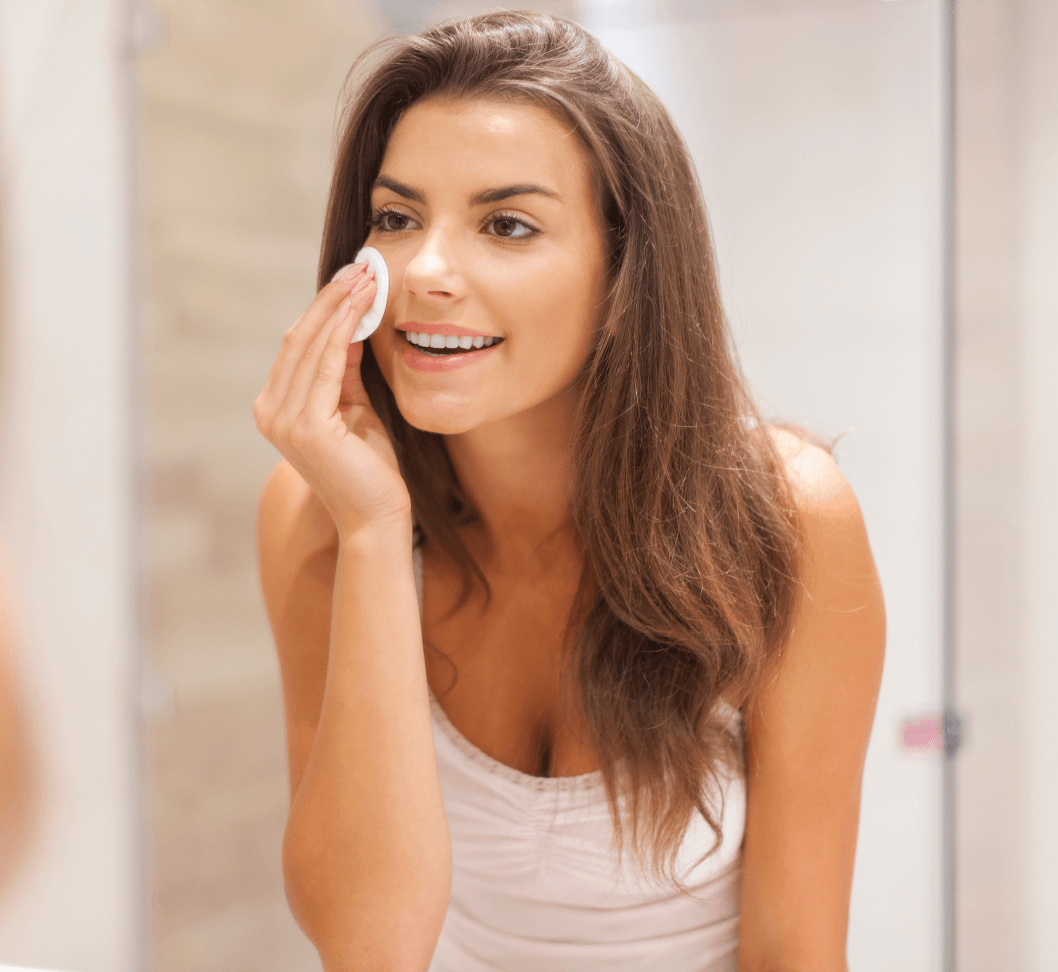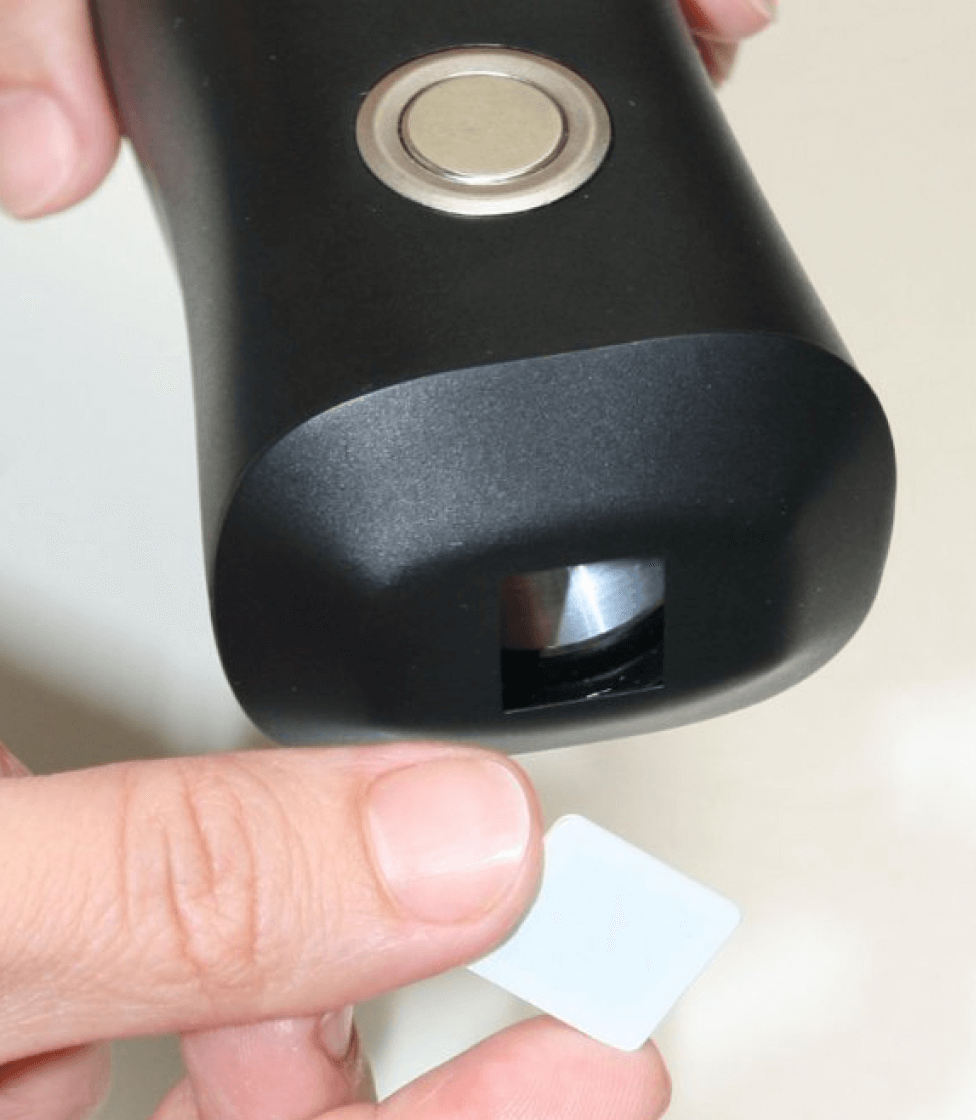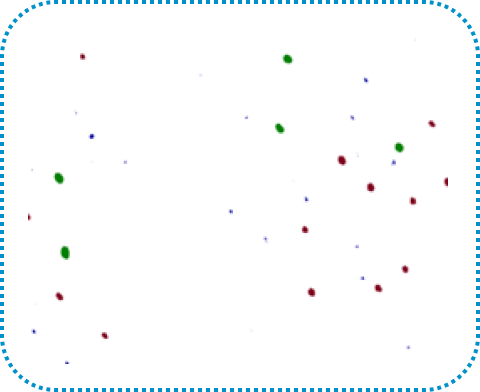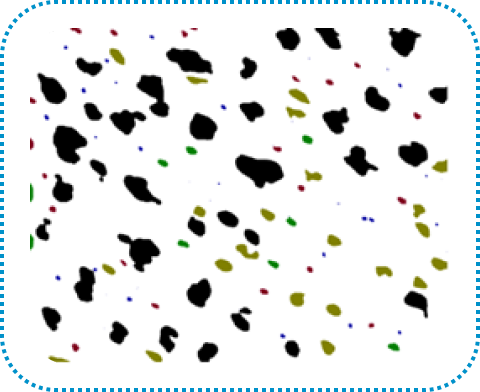The ideal cleanser
Cleanser that removes surface oils derived from sebaceous glands but does not strip constitutive lipids such as ceramides that prevent transepidermal water loss.
Claims related to cleansing
Cleansing
Cleansing is the first step in skincare to remove sebum, accumulated skin products (sunscreens), corneocytes and sweat from the skin. The most common types of cleansers are soaps, cleansing bars, foaming cleansers, gels, scrubs. Cleansers contain surfactants, which emulsify and remove dirt together with oily components. However, they are able bind to the epidermis and disrupt the barrier, reducing its ability to hold water. They may also disrupt naturally protective skin components, increase skin surface pH, and irritate the skin.
Cleanser that removes surface oils derived from sebaceous glands but does not strip constitutive lipids such as ceramides that prevent transepidermal water loss.
Cleansing



To prove skin cleansing related claims we measure the following parameters using the following instruments:
Evaluation of sebum
Sebumeter (Courage + Khazaka Electronic)
Sebufix F 16 - Visioscan VC 20plus (Courage + Khazaka Electronic)
Sebufix F 16 - Visioscan VC 20plus

Example of sebum production - low oil

Example of sebum production - oily skin
Efficacy testing protocol is prepared for each product individually with close cooperation with the sponsor. Based on the claims, usage regime and efficacy expectations, we prepare a protocol that is suitable for the type of product and can confirm product efficacy. The studies can be performed over a different time period (from a few days to several weeks or months) depending on the claim and type of measurement.